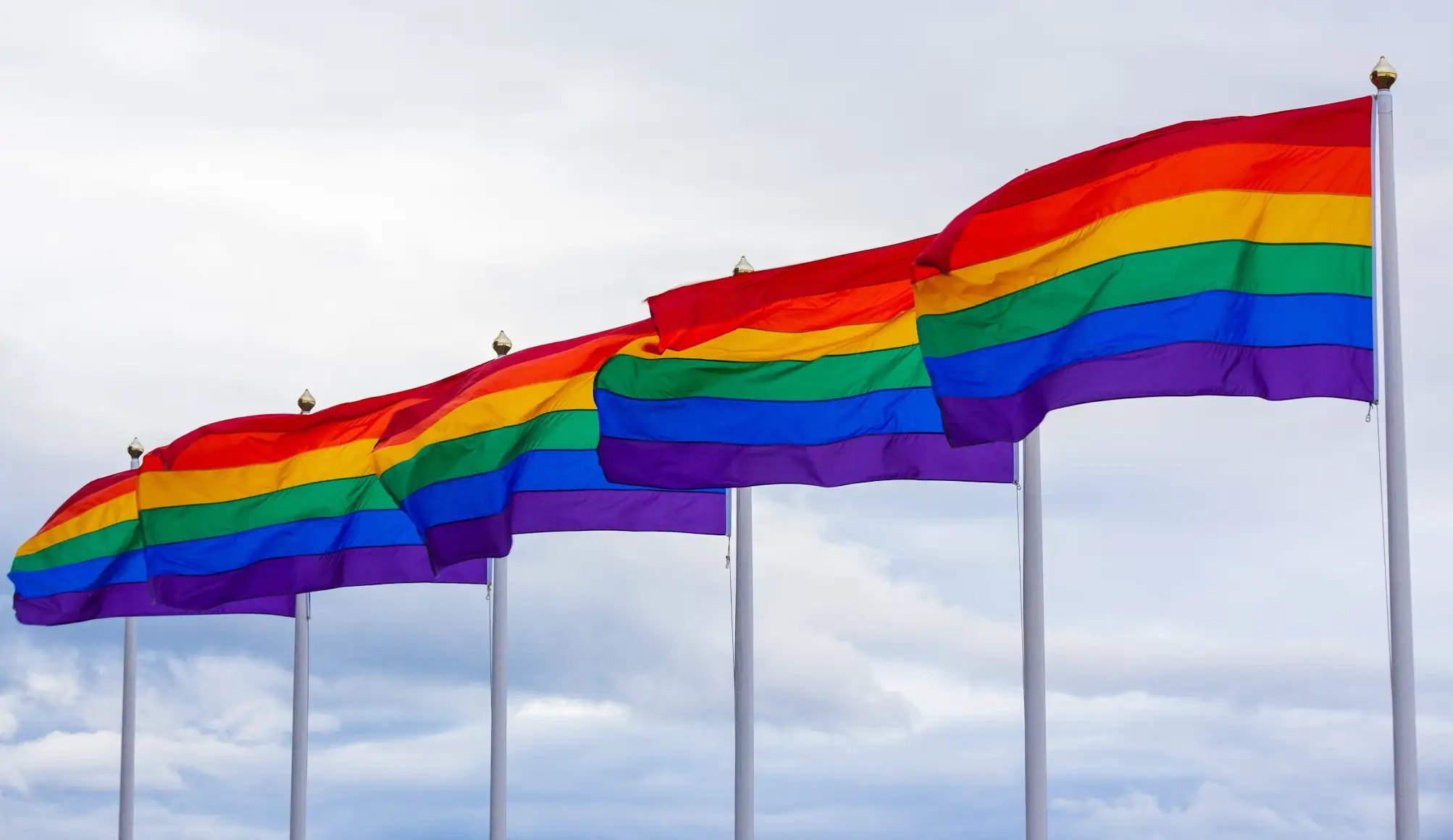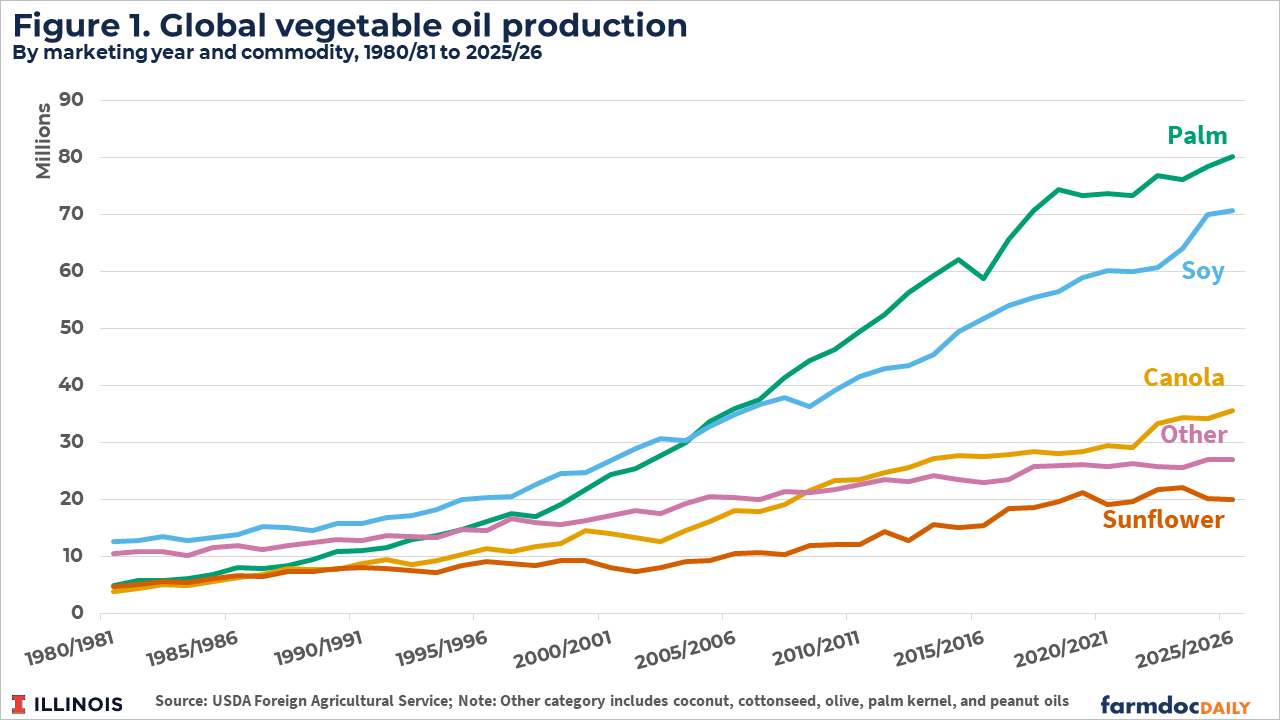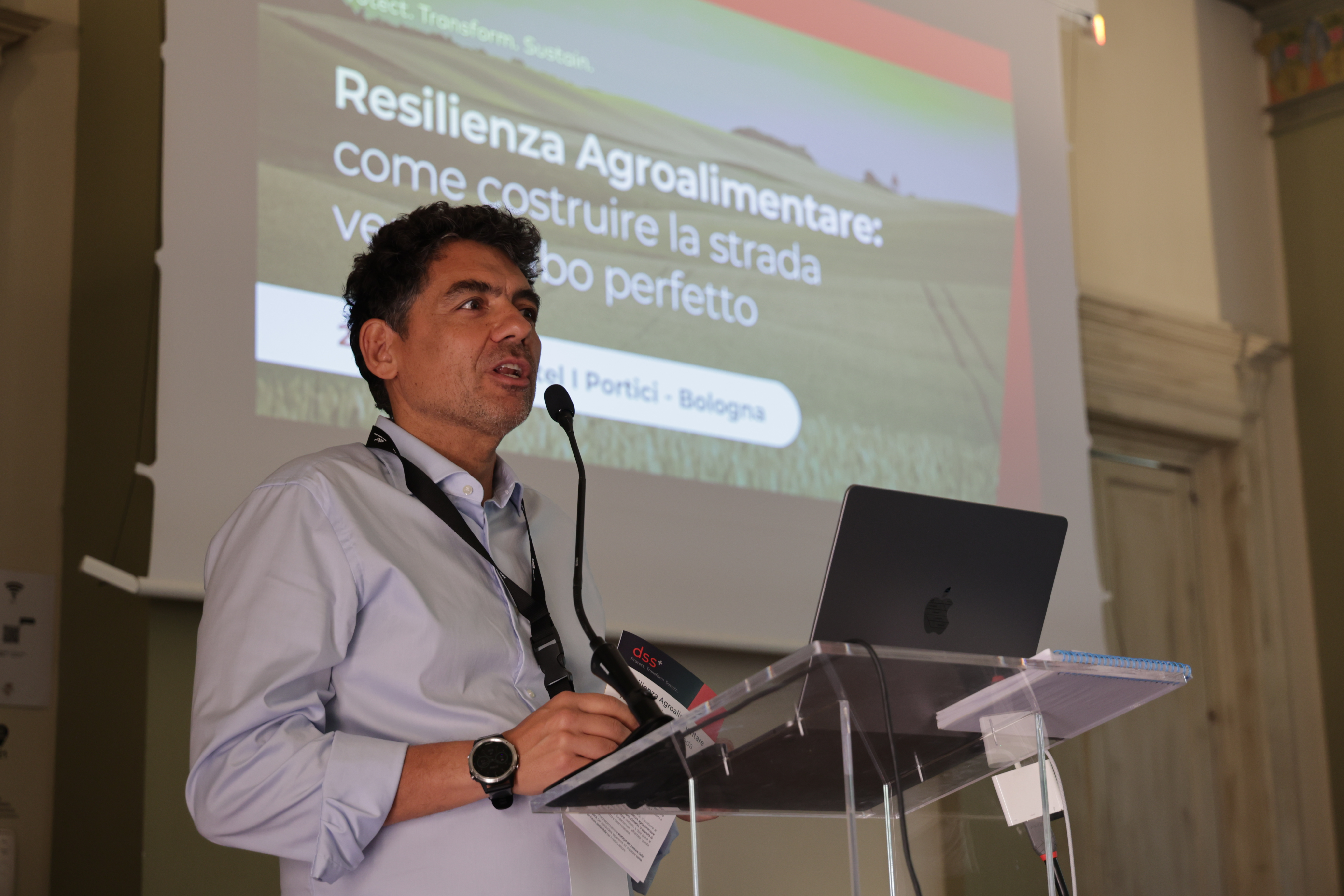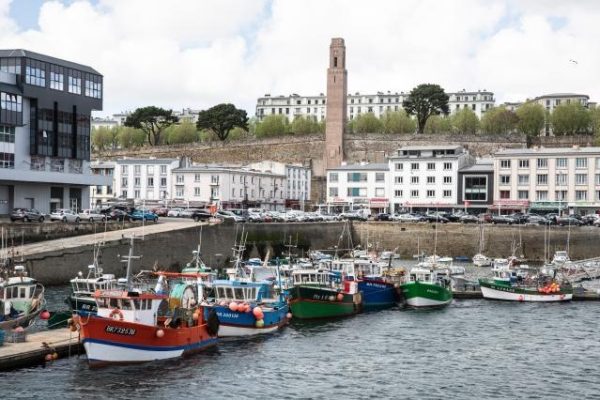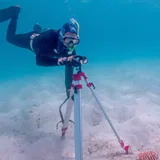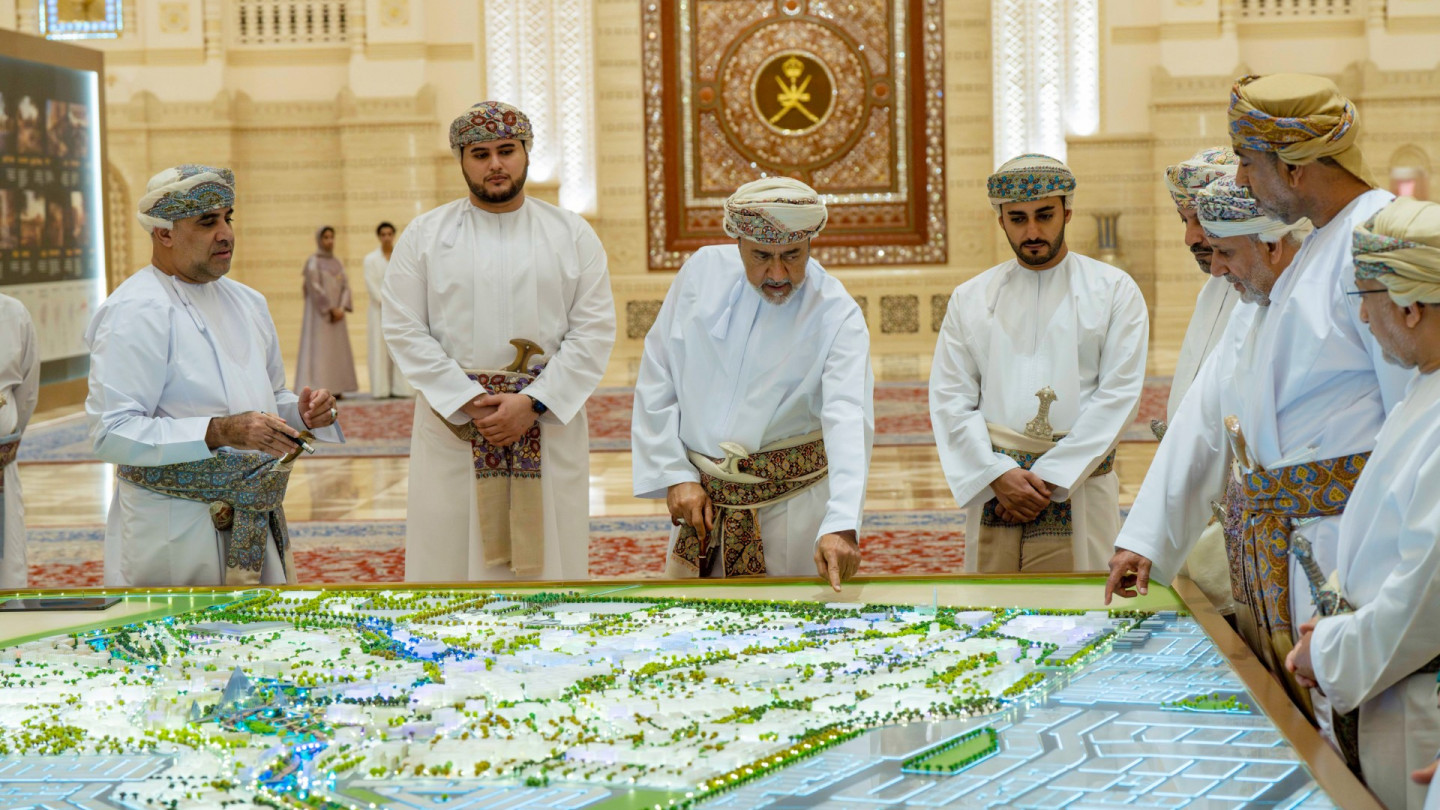Impacts on the Great Barrier Reef
The Great Barrier reef is one of the worlds prettiest features and it is under a great deal of dangers on a daily basis.

The Great Barrier Reef, located off the coast of Queensland, Australia, is one of the most diverse and beautiful ecosystems in the world. Spanning over 1,400 miles, it is the largest coral reef system in the world and is home to thousands of species of marine life.
However, the Great Barrier Reef is facing multiple threats that are putting its existence at risk. Climate change is the biggest driver in the decline of coral reefs. Rising ocean temperatures, caused by human activities such as burning fossil fuels, are leading to coral bleaching. This is when corals expel the algae that live in their tissues and give them their vibrant colors. Without these algae, corals turn white and become more susceptible to disease.
Another major threat to the Great Barrier Reef is pollution. Agricultural runoff, urban development, and industrial activities are all contributing to the pollution of the reef. This pollution not only damages the coral itself but also affects the delicate balance of the reef's ecosystem, impacting the marine life that depends on it for survival.
Overfishing and destructive fishing practices are also taking a toll on the Great Barrier Reef. Coral damage from bottom trawling and explosives used in fishing practices harm the reef's delicate ecosystem. This disrupts the food chain and can lead to imbalances in the reef's biodiversity.
The loss of biodiversity and degradation of the Great Barrier Reef not only affects the marine life but also has a significant impact on the economy. The reef supports a thriving tourism industry, bringing in millions of dollars each year. However, with the decline of the reef's health, this industry is at risk.
To address these issues, various efforts have been made to protect and preserve the Great Barrier Reef. The Australian government has implemented strict regulations on fishing and has invested in conservation measures such as crown-of-thorns starfish control and coral restoration programs. Additionally, community-led initiatives such as citizen science projects and beach clean-ups are also playing a role in protecting the reef.
However, more action is needed
What is Your Reaction?
 Like
0
Like
0
 Dislike
0
Dislike
0
 Love
0
Love
0
 Funny
0
Funny
0
 Angry
0
Angry
0
 Sad
0
Sad
0
 Wow
0
Wow
0






